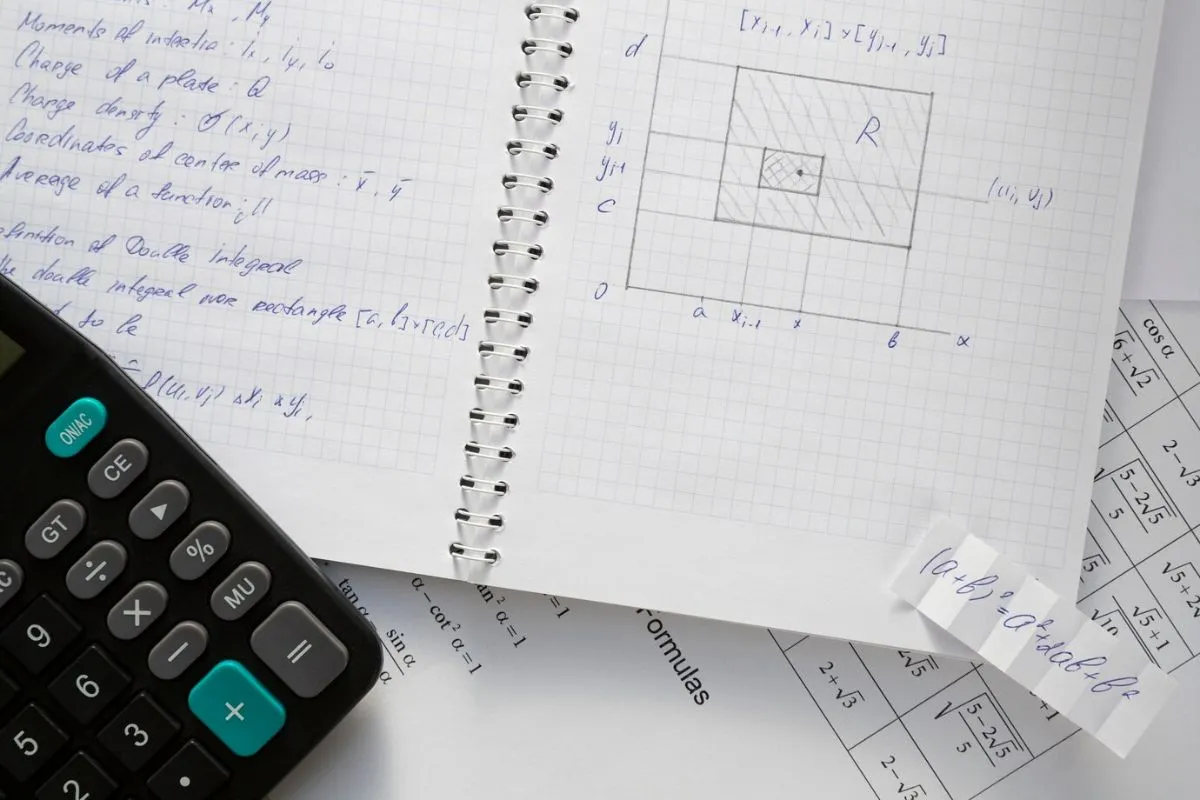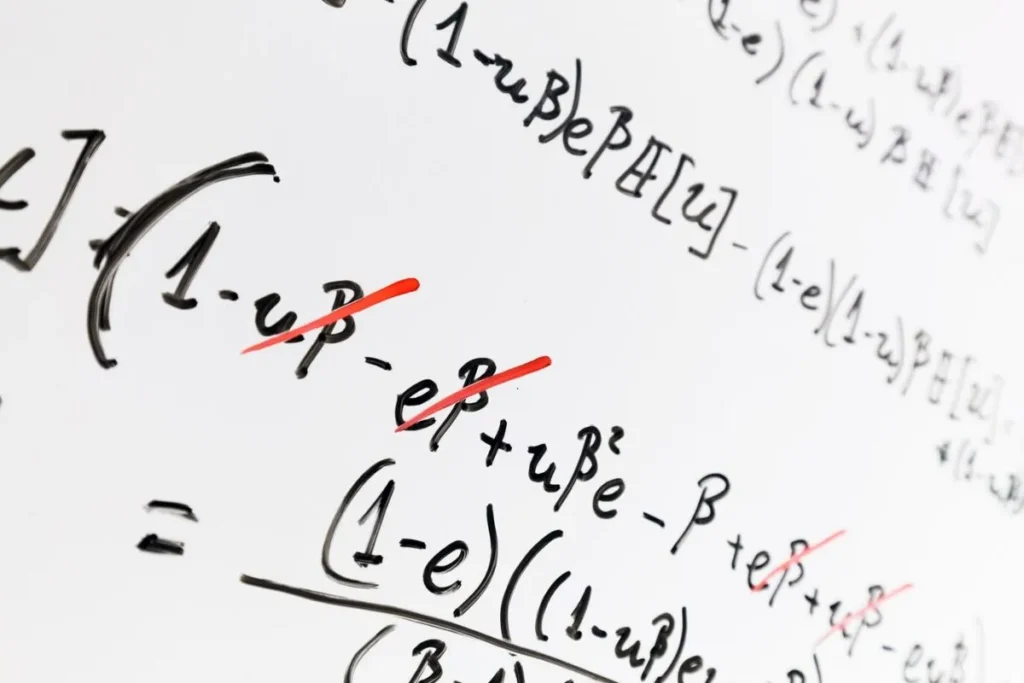Mathematical Patterns in Textile Design are revolutionizing the fashion and interior design industries.
These patterns utilize mathematical principles, adding complexity and beauty to textiles.
From symmetry to the Fibonacci sequence, the integration of Mathematics into fabric design is remarkable.
The Role of Mathematics in Textile Design
Mathematics plays a pivotal role in creating patterns that are both aesthetically pleasing and functional.
Designers use mathematical concepts to ensure repetition and coherence in their textile creations.
These principles create textiles that are harmonious and visually appealing.
Geometry: Building Blocks of Beauty
Geometry is fundamental in textile design, offering precise shapes and patterns.
Shapes like squares, circles, and polygons are commonly used to create intricate designs.
Designers utilize geometric principles to craft visually balanced and appealing textiles.
Symmetry and Harmony in Design
Symmetry is a key element, ensuring that patterns are uniform and balanced.
Symmetrical designs naturally appeal to the human eye, creating a sense of order.
Harmony in design is achieved by carefully balancing different elements using symmetry.
The Fibonacci Sequence in Textiles
The Fibonacci sequence is a powerful tool in textile design, offering natural and organic patterns.
Designers use the Fibonacci sequence to create spirals and arrangements that are inherently pleasing.
This sequence adds a layer of complexity, making textiles truly unique.
Applying the Fibonacci Sequence
Implementing the Fibonacci sequence in textiles involves careful planning and execution.
Designers calculate ratios and proportions to create patterns that reflect natural forms.
This method results in textiles that feel organic and harmonious.
Creating Unique Styles with Mathematical Patterns
Mathematical Patterns in Textile Design allow for innovative and unique styles.
Designers experiment with different mathematical principles to create one-of-a-kind textiles.
These patterns offer endless possibilities for creativity and originality.
The Intersection of Art and Science
The fusion of mathematics and art in textile design embodies the perfect intersection of creative and analytical thinking.
This combination enables designers to push the boundaries of traditional textile creation.
The result is a collection of textiles that are both technically impressive and artistically remarkable.
Practical Applications and Examples
Real-world applications of Mathematical Patterns in Textile Design span various industries.
These patterns are used in fashion, interior design, and even in technological textiles.
Examples showcase how mathematical principles can elevate textile designs to new heights.
Fashion Industry Innovations
Designers in the fashion industry leverage Mathematical Patterns in Textile Design to create stunning garments.
From haute couture to ready-to-wear collections, mathematics informs fabric design choices.
This results in clothing that stands out for its precision and uniqueness.
Interior Design Transformations
In interior design, textiles with mathematical patterns transform spaces into visually appealing sanctuaries.
Rugs, curtains, and upholstery featuring these patterns add a layer of sophistication.
Interior designers use these textiles to create cohesive and harmonious living environments.
Technological Textiles
Technological advancements have enabled the use of Mathematical Patterns in Textile Design in smart fabrics.
These textiles incorporate sensors, conductive threads, and other technological elements.
Mathematical patterns help ensure that these elements are seamlessly integrated into the fabric.
Examples of Innovative Designs
Several design houses have embraced Mathematical Patterns in Textile Design to create standout pieces.
For instance, fashion brands use fractals and tessellations to design eye-catching dresses.
Interior designers employ geometric patterns to craft modern and chic home decor.
Understanding the Design Process
The process of incorporating Mathematical Patterns in Textile Design involves several stages.
From conceptualization to final production, each step integrates mathematical principles.
Understanding this process is vital for appreciating the complexity and beauty of the final product.
Conceptualizing Patterns
The initial stage involves brainstorming and sketching potential patterns.
Designers use mathematical concepts to draft initial designs, ensuring balance and repetition.
This stage is crucial for laying the groundwork for the final textile.
Design Tools and Techniques
Modern design tools allow designers to experiment with various mathematical patterns.
Software applications enable precise calculations and visualizations of complex patterns.
These tools streamline the design process, making it easier to create intricate fabrics.
Prototyping and Testing
After conceptualization, designers create prototypes to test the feasibility of their patterns.
This stage involves selecting appropriate materials and techniques to bring the design to life.
Testing ensures that the patterns are practical and meet aesthetic standards.
Final Production
In the final production stage, designers refine their patterns and select the best processes and materials.
The integration of mathematics ensures that the patterns remain consistent and aesthetically pleasing.
The final textiles showcase the successful application of mathematical principles in design.
Looking Ahead: The Future of Mathematical Patterns in Textile Design
The future of Mathematical Patterns in Textile Design is bright and filled with possibilities.
Advancements in technology and ongoing research will continue to push the boundaries of what is possible.
Designers and innovators will explore new ways to integrate mathematics into their creations.
Emerging Trends
One emerging trend is the use of AI and machine learning to create complex mathematical patterns.
These technologies can analyze vast datasets to generate innovative designs.
AI-driven design processes promise to revolutionize the textile industry further.
Sustainability and Ethical Design
Sustainability is becoming increasingly important in textile design.
Mathematical patterns can contribute to more efficient use of materials and resources.
This focus on ethical design ensures that the industry moves towards more responsible practices.
Collaborative Innovations
Collaboration between artists, mathematicians, and technologists will drive future innovations.
This multidisciplinary approach will unlock new possibilities for textile design.
By working together, these experts can create textiles that are both beautiful and groundbreaking.
Frequently Asked Questions
What is the significance of Mathematical Patterns in Textile Design?
These patterns add complexity, beauty, and harmony to textiles, making them more aesthetically pleasing.
How does geometry influence textile design?
Geometry provides precise shapes and patterns that are balanced and visually appealing.
What role does the Fibonacci sequence play in textiles?
The Fibonacci sequence creates natural and organic patterns that are inherently pleasing to the eye.
What are some real-world applications of these patterns?
Applications include fashion, interior design, and technological textiles, showcasing their versatility.
How is technology shaping the future of textile design?
Technologies like AI and machine learning are enabling more complex and innovative mathematical patterns.




